Philip Rodgers
DNNShifter: An Efficient DNN Pruning System for Edge Computing
Sep 13, 2023Abstract:Deep neural networks (DNNs) underpin many machine learning applications. Production quality DNN models achieve high inference accuracy by training millions of DNN parameters which has a significant resource footprint. This presents a challenge for resources operating at the extreme edge of the network, such as mobile and embedded devices that have limited computational and memory resources. To address this, models are pruned to create lightweight, more suitable variants for these devices. Existing pruning methods are unable to provide similar quality models compared to their unpruned counterparts without significant time costs and overheads or are limited to offline use cases. Our work rapidly derives suitable model variants while maintaining the accuracy of the original model. The model variants can be swapped quickly when system and network conditions change to match workload demand. This paper presents DNNShifter, an end-to-end DNN training, spatial pruning, and model switching system that addresses the challenges mentioned above. At the heart of DNNShifter is a novel methodology that prunes sparse models using structured pruning. The pruned model variants generated by DNNShifter are smaller in size and thus faster than dense and sparse model predecessors, making them suitable for inference at the edge while retaining near similar accuracy as of the original dense model. DNNShifter generates a portfolio of model variants that can be swiftly interchanged depending on operational conditions. DNNShifter produces pruned model variants up to 93x faster than conventional training methods. Compared to sparse models, the pruned model variants are up to 5.14x smaller and have a 1.67x inference latency speedup, with no compromise to sparse model accuracy. In addition, DNNShifter has up to 11.9x lower overhead for switching models and up to 3.8x lower memory utilisation than existing approaches.
Ensemble Decision Systems for General Video Game Playing
May 26, 2019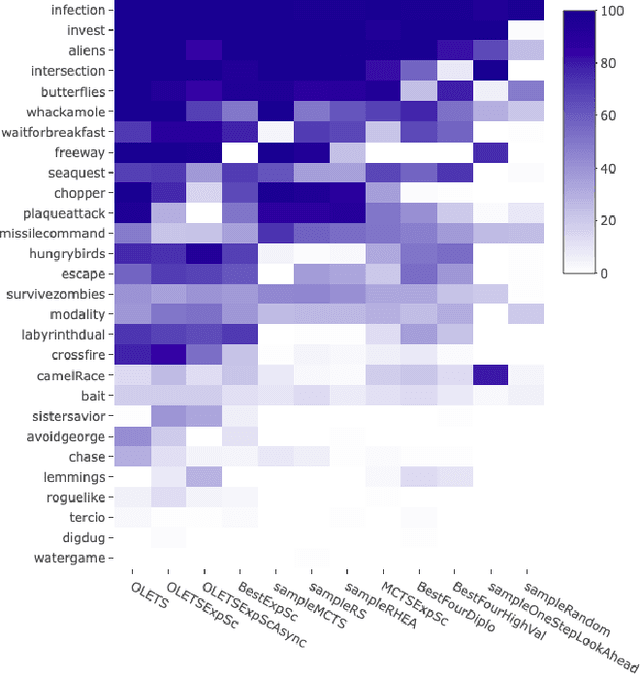
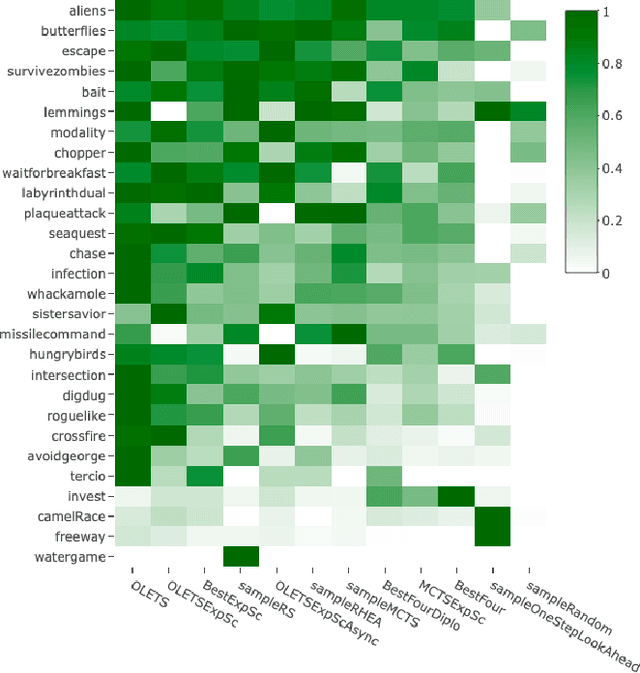
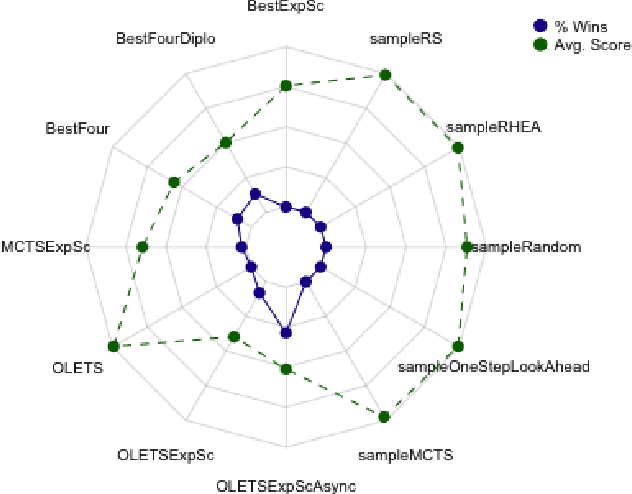
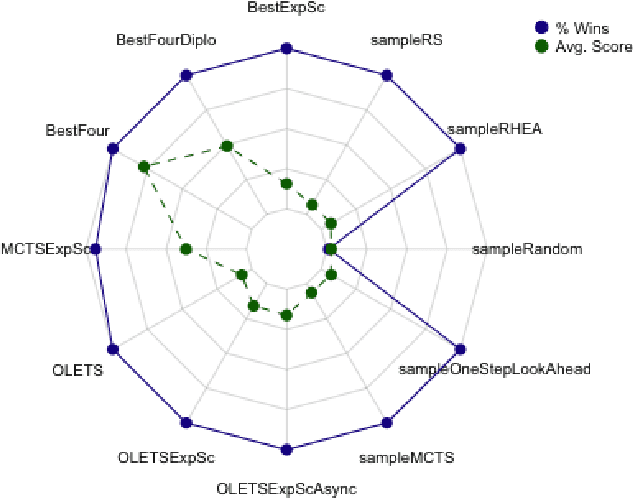
Abstract:Ensemble Decision Systems offer a unique form of decision making that allows a collection of algorithms to reason together about a problem. Each individual algorithm has its own inherent strengths and weaknesses, and often it is difficult to overcome the weaknesses while retaining the strengths. Instead of altering the properties of the algorithm, the Ensemble Decision System augments the performance with other algorithms that have complementing strengths. This work outlines different options for building an Ensemble Decision System as well as providing analysis on its performance compared to the individual components of the system with interesting results, showing an increase in the generality of the algorithms without significantly impeding performance.
Ensemble Framework for Real-time Decision Making
Jun 21, 2017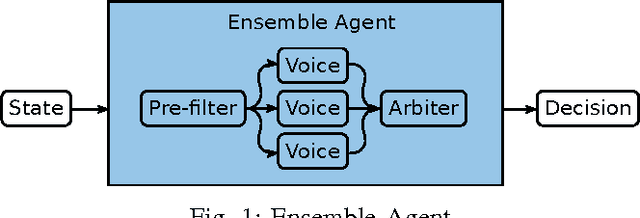

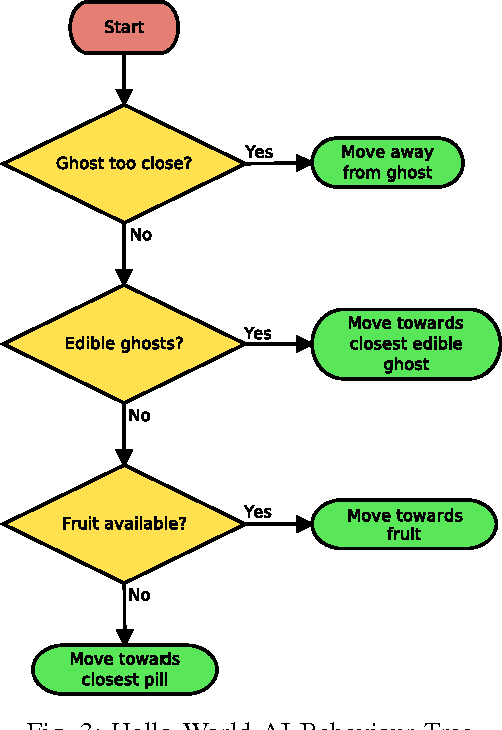
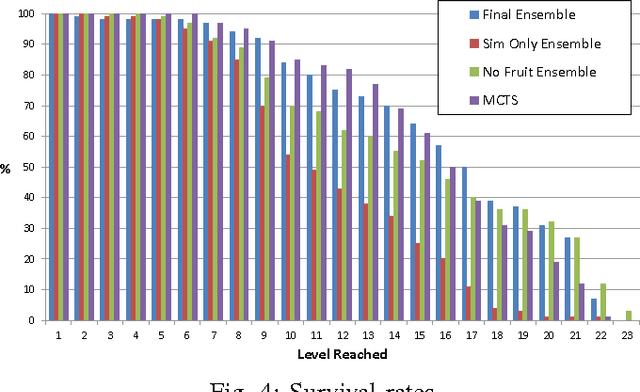
Abstract:This paper introduces a new framework for real-time decision making in video games. An Ensemble agent is a compound agent composed of multiple agents, each with its own tasks or goals to achieve. Usually when dealing with real-time decision making, reactive agents are used; that is agents that return a decision based on the current state. While reactive agents are very fast, most games require more than just a rule-based agent to achieve good results. Deliberative agents---agents that use a forward model to search future states---are very useful in games with no hard time limit, such as Go or Backgammon, but generally take too long for real-time games. The Ensemble framework addresses this issue by allowing the agent to be both deliberative and reactive at the same time. This is achieved by breaking up the game-play into logical roles and having highly focused components for each role, with each component disregarding anything outwith its own role. Reactive agents can be used where a reactive agent is suited to the role, and where a deliberative approach is required, branching is kept to a minimum by the removal of all extraneous factors, enabling an informed decision to be made within a much smaller time-frame. An Arbiter is used to combine the component results, allowing high performing agents to be created from simple, efficient components.
 Add to Chrome
Add to Chrome Add to Firefox
Add to Firefox Add to Edge
Add to Edge